Explainer: Which Israeli energy sites can Iran target if it resorts to aggression again?
By Ivan Kesic
On Tuesday evening, a barrage of ballistic missiles pounded the Israeli-occupied territories, targeting key Israeli military sites. It was Iran's response to a series of assassinations of top resistance figures by the Tel Aviv regime.
In a statement, the Islamic Revolution Guard Corps (IRGC) said the military operation dubbed ‘True Promise II’ was a response to the assassinations of Hezbollah leader Sayyed Hassan Nasrallah, Hamas leader Ismail Haniyeh and senior IRGC commander Abbas Nilforoushan.
IRGC warned the Tel Aviv regime that any further aggression against the Islamic Republic of Iran and its interests would be met with a “harsher response.”
Hours after the operation ended successfully, inflicting heavy damage on several Israeli military and intelligence sites in Tel Aviv, Israeli regime officials came out of their underground bunkers to issue threats against the Islamic Republic.
Israeli Prime Minister Benjamin Netanyahu was the first to threaten Iran, evidently shaken by the Iranian military operation that was carried out under the provisions of the United Nations Charter.
After Netanyahu, many other Israeli politicians and media outlets jumped on the bandwagon to threaten attacks inside Iran, seeking support from their patrons in Washington.
Iranian military experts say the Israeli threats are mere bluster and argue that attacks on military and nuclear facilities would have no effect because they are adequately protected.
Some Israeli pundits say the regime is eyeing Iranian energy infrastructure, large refineries, petrochemical plants, oil terminals, and various oil and gas platforms in the Persian Gulf.
Similar targets were also mentioned in the Israeli media after Operation True Promise I in April when Iran targeted military facilities in the occupied territories in response to the Israeli terror attack on the Iranian consulate building in Damascus.
Meanwhile, Iranian officials say the country’s military forces are ready for any eventuality and in case the Israeli regime attempts another foolhardy adventurism, the response will be very severe.
Iran’s response plan for Israeli aggression ‘fully ready’: Reporthttps://t.co/T06v00Oqc6
— Press TV 🔻 (@PressTV) October 6, 2024
What do Iranian officials say?
On Friday, the Leader of the Islamic Revolution Ayatollah Seyyed Ali Khamenei commended the actions of armed forces, saying it was a necessary response to the horrific atrocities committed by the Zionist regime—America's "rabid dog" in the region.
“The Islamic Republic of Iran will decisively and resolutely fulfill its responsibilities in this matter. We will neither procrastinate nor rush in executing these duties,” he said.
Iranian President Masoud Pezeshkian on Wednesday said Tehran will definitely give a "stronger and more crushing" response to the Israeli regime if it commits the "slightest" mistake again.
He also stressed that the Islamic Republic has lost patience with Western countries who had earlier called on Iran to refrain from a retaliatory operation in exchange for a ceasefire in Gaza.
In a statement issued on the same day, Iran's Defense Ministry said the retaliatory missile attack that hit Israeli military targets in the occupied territories on October 1 represented only a “small portion” of the country’s Iran’s defense capability.
"Any miscalculation by the criminal Zionist regime and its sponsors will definitely result in Iran employing equipment and weapons that will blow harsher and more painful blows to the worn and rotting body of the Zionist regime in the next responses," the ministry warned.
Mohammad Baqer Qalibaf, the speaker of the Iranian parliament, also issued a stern warning to Tel Aviv, saying that Iran's forces have prepared for "all the possibilities expected."
"Our armed forces have devised a surprise plan for the enemies, and our next response will be on a completely different level. If the Zionist entity tries to attack Iran, it will quickly disappear and collapse." The veteran lawmaker noted.
Qalibaf also warned Washington "to tighten the collar of its rabid dog [Israel] so that it does not harm itself and cause trouble for its owner."
Foreign Minister Abbas Araqhchi held phone calls with counterparts from Europe and several other countries on Tuesday night, warning them that "Iran's operation is over, unless the Zionist regime plans retaliation, in which case Tehran's response will be stronger."
Hard lesson for Zionist regime: Threats against proud Iranian nation always backfire
— Press TV 🔻 (@PressTV) October 5, 2024
By @mehdizafar https://t.co/DEivX4cG0f pic.twitter.com/PF6dS3npTh
He later dashed off to Lebanon and Syria on an important regional tour amid heightened tensions and threats by the Israeli regime to not allow any plane to land in Beirut.
“For every action, there will be a corresponding and similar or even a stronger reaction [from Iran]. We have proven this in the past and they [Israelis] can test our determination once again,” the top Iranian diplomat said at a press conference in Damascus on Saturday.
Chief of Staff of the Iranian Armed Forces, Major General Mohammad Bagheri, also warned the Israeli regime and its supporters that if they continue their criminal actions, Iran’s next response will be even more devastating.
On Friday, deputy IRGC commander Rear Admiral Ali Fadavi gave the most detailed picture yet of Iran's response to potential Israeli aggression, stating that Tehran would target Israeli energy facilities.
"If the occupying entity makes a mistake, we will target all its energy resources, power plants, refineries, and gas fields. We can strike them all at once," he said.
Fadavi also pointed out that Iran is a vast country with many economic centers, while the Israeli regime has only three power plants and some refineries in the occupied territories.
What are the new potential Israeli targets?
Considering its small area, the Zionist entity has only 13 large power plants, out of which three that Rear Admiral Fadavi mentioned generate more than half of the electricity used in the occupied territories.
Ten of those thirteen power plants are owned and operated by the Israel Electric Corporation (IEC), a regime-owned company that produces three-quarters of the entity's electricity.
The company also transmits and distributes substantially all the electricity used in the occupied territories under Zionist control, including power generated by other producers.
Most of the power plants rely on fossil fuels, in other words, coal, oil and gas. Among the aforementioned energy facilities, they are the most sensitive targets because there is no quick alternative as there is no import of electricity from regional countries.
The three largest power plant complexes are Orot Rabin, Rutenberg and Eshkol, all located along the coast of the Mediterranean Sea.

The Orot Rabin Power Plant is a coal-fired and combined cycle gas turbine (CCGT) power plant between the cities of Hadera and Caesarea, 35 km south of Haifa, made up of six thermal generation and two single-shaft combined-cycle units.
The CCGT power plant can run on dual-fuel, with natural gas as the primary fuel, and in case of its shortage, it can also run on fuel oil. In the last few years, there has been a gradual conversion from coal to gas.
The complex extends over 140 hectares and contains the Hadera Desalination Plant in the southern part, which supplies water to one million settlers, and a series of storage tanks in the northeast.
It is also the future hub for the under-construction multibillion-dollar Great Sea Interconnector project, the world's longest submarine power cable connecting it to Cypriot and Greek power grids, which is partly financed by the European Union.
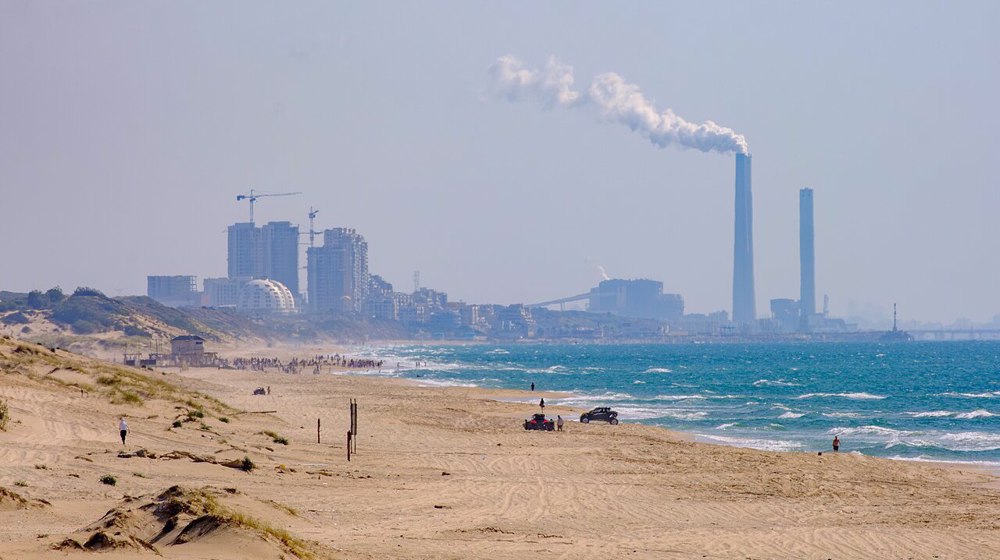
The Rutenberg Power Plant is another huge coal-fired power plant, located south of Ashkelon and five kilometers north of the Gaza Strip, containing four thermal generation units.
This power plant generates a fifth of the IEC's total electricity production and is slightly smaller in size than the Orot Rabin Power Plant, which generates a quarter.
It covers 160 hectares and is part of a much larger industrial complex that includes the Dorad combined cycle power plant, the Ashkelon Desalination Plant, which supplies water to an additional million settlers, and about 50 oil storage tanks to the north and south.
This oil storage complex is the largest in the entity and is operated by the regime's Eilat Ashkelon Pipeline Company (EAPC), along with the connected pipeline from the Mediterranean to the Red Sea.
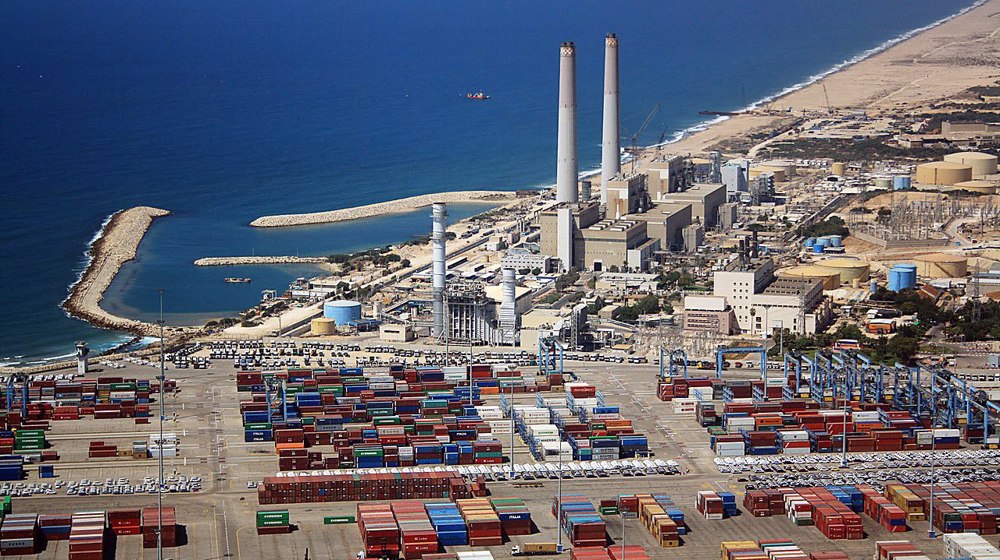
The third largest Israeli power station is the Eshkol Power Plant, located on 80 hectares in the north of Ashdod, whose four thermal generation and two combined-cycle units generate a sixth of the IEC's total electricity production.
It is located in a dense industrial zone, northeast of the port of Ashdod, the second most active Israeli port and the first in terms of cargo container traffic.
East of the power plant is the regime's third largest oil storage (after Ashkelon and Eilat), second largest refinery (after Haifa), as well as the Ashdod Desalination Plant, which supplies as much as the two previously mentioned.
As a fourth potential target, Haifa can be considered, which has the fourth largest power plant, along with the largest port and the largest refinery.
The aforementioned three energy-industrial complexes are, due to their geographical exposure and size, easy prey for Iranian ballistic missiles, even for the oldest models such as the Shahab-3 with a large circular error probability (CEP).
Due to the fragile infrastructure and the large amount of flammable materials, the damage would be incomparably greater than Operation True Promise II, especially in the long-term economic sense.
According to satellite images, Nevatim Airbase was hit by 32 direct hits, and just one such hit on the power plant would be enough to cause an explosion with a fire that would devastate the wider area.
While runways or hangars can be repaired in a few hours or days, respectively, huge power plants would take years and billions of dollars to repair.
A significant strike would also destroy oil storage tanks and threaten the nearby supply of drinking water, while most of the coast would also be devastated due to counterclockwise sea currents.
If Iran conducts a strong retaliatory strike at these three locations, the Israeli regime will be at risk of half of its electricity production, a third of its refinery production, almost half of its port traffic, a quarter of its desalinated water supply, most of its stored oil supplies, and all of its oil pipeline transport.
✍️Explainer: Which Israeli military and intel bases did Iran hit in ‘Op. True Promise-II’?
— Press TV 🔻 (@PressTV) October 2, 2024
By Ivan Kesic#OpTruePromiseIIhttps://t.co/aoEorpUp7c
What are the potential military targets?
In the event of an Israeli attack on Iran’s military facilities, Iran is likely to retaliate in kind, targeting the enemy's main military bases, especially those involved in the aggression.
The target sites include Israeli air bases from where jet fighters with bombs, air-to-surface or air-launched quasi-ballistic missiles take off, among which the most important are Nevatim, Hatzerim, Hatzor, Ramat David and Tel Nof.
Palmachim Airbase is also a possible target since it is an important base for Israeli aviation, missile and space programs, including a ballistic arsenal capable of attacking Iran.
Coastal targets of great importance include the naval and cargo ports of Haifa, Ashdod and Eilat, which are used by the Israeli navy and are also crucial for the regime's international trade.
In the case of escalation on the part of the Tel Aviv regime, it is easily possible that one of the targets will be the Dimona nuclear center, one of the key locations of the illegal Israeli nuclear program.
Iran’s PMI slips 0.8 points to 49.8 in November: ICCIMA
Two US soldiers, interpreter killed in surprise attack in Syria: CENTCOM
VIDEO | Epstein in Africa
VIDEO | Birth anniversary of Hazrat Fatima celebrated in Kashmir
VIDEO | Foreign interference would worsen situation in Thailand-Cambodia conflict: Analyst
VIDEO | Press TV's news headlines
BRICS offers ‘new model’ for deeper politico-economic ties: Pezeshkian
VIDEO | Sudan: What’s behind the war


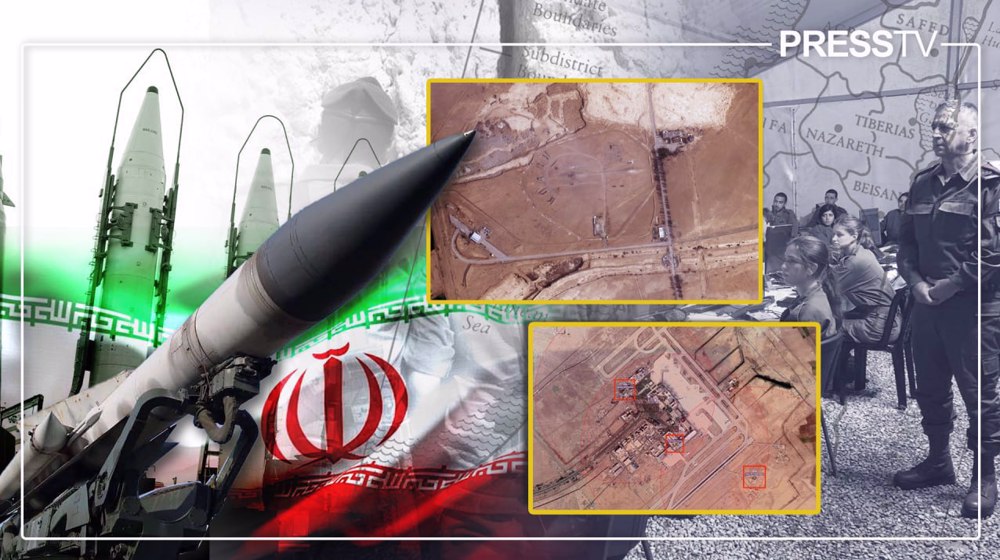

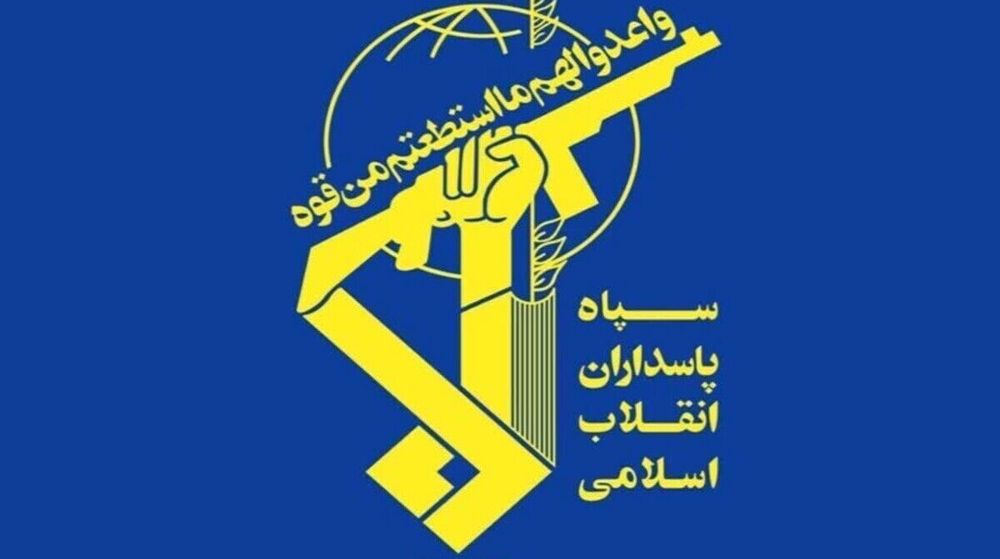




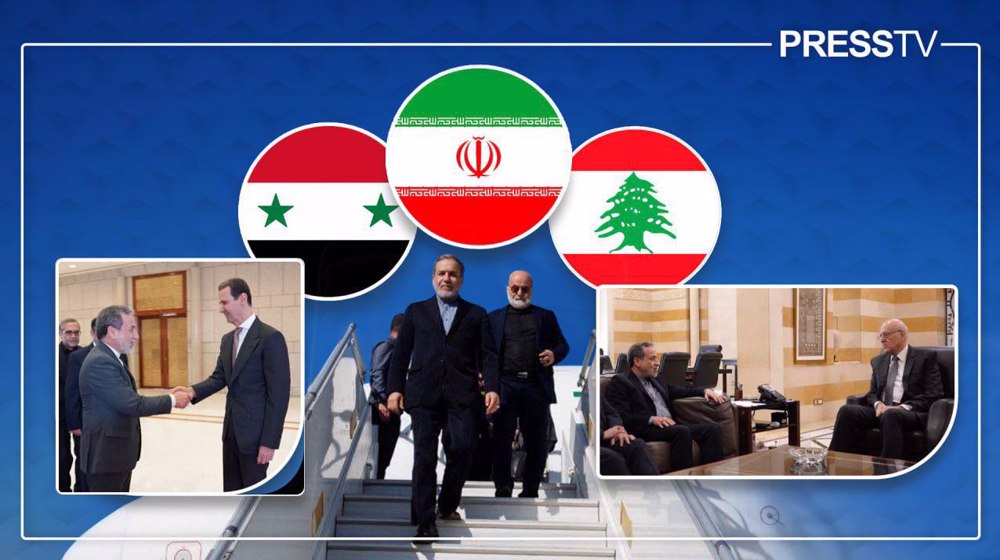


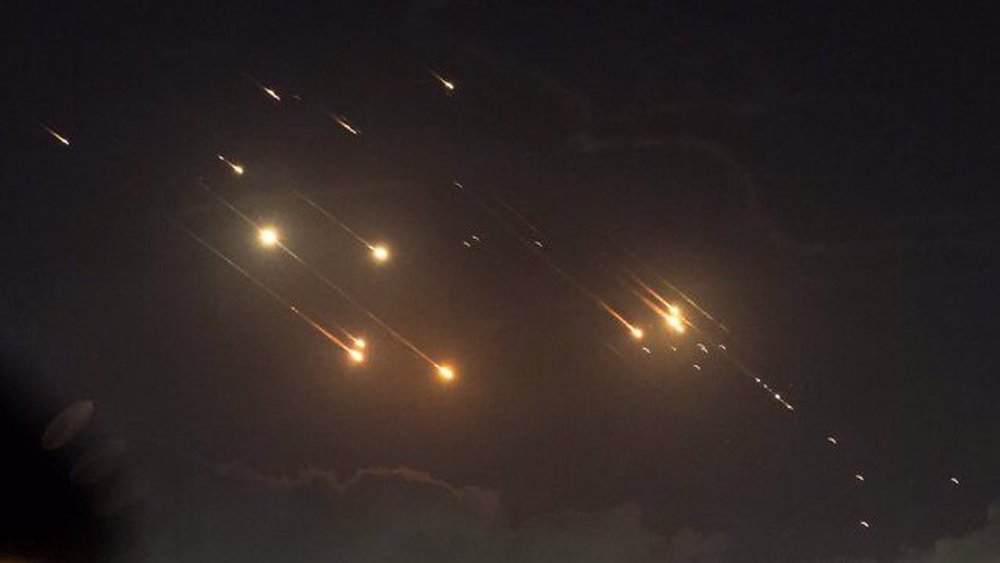
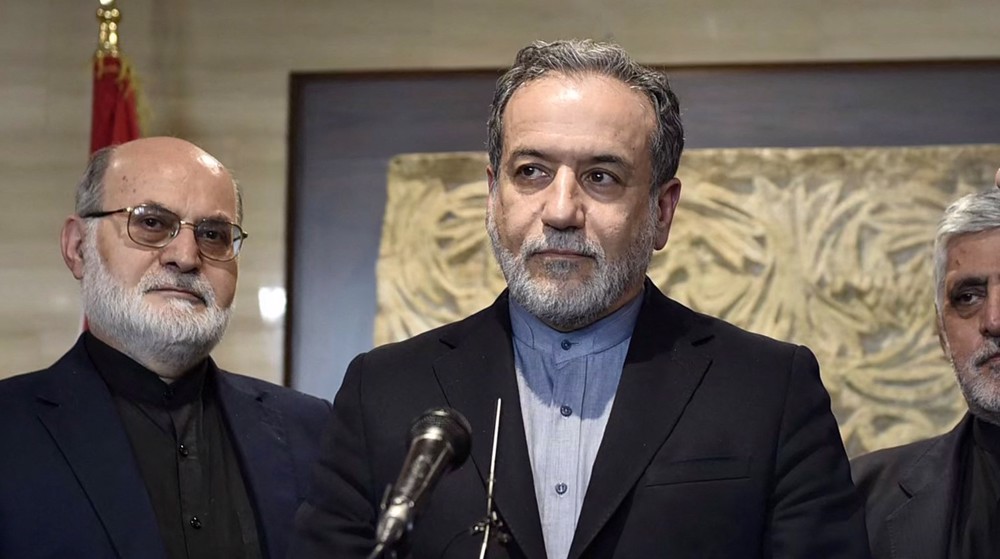

 This makes it easy to access the Press TV website
This makes it easy to access the Press TV website